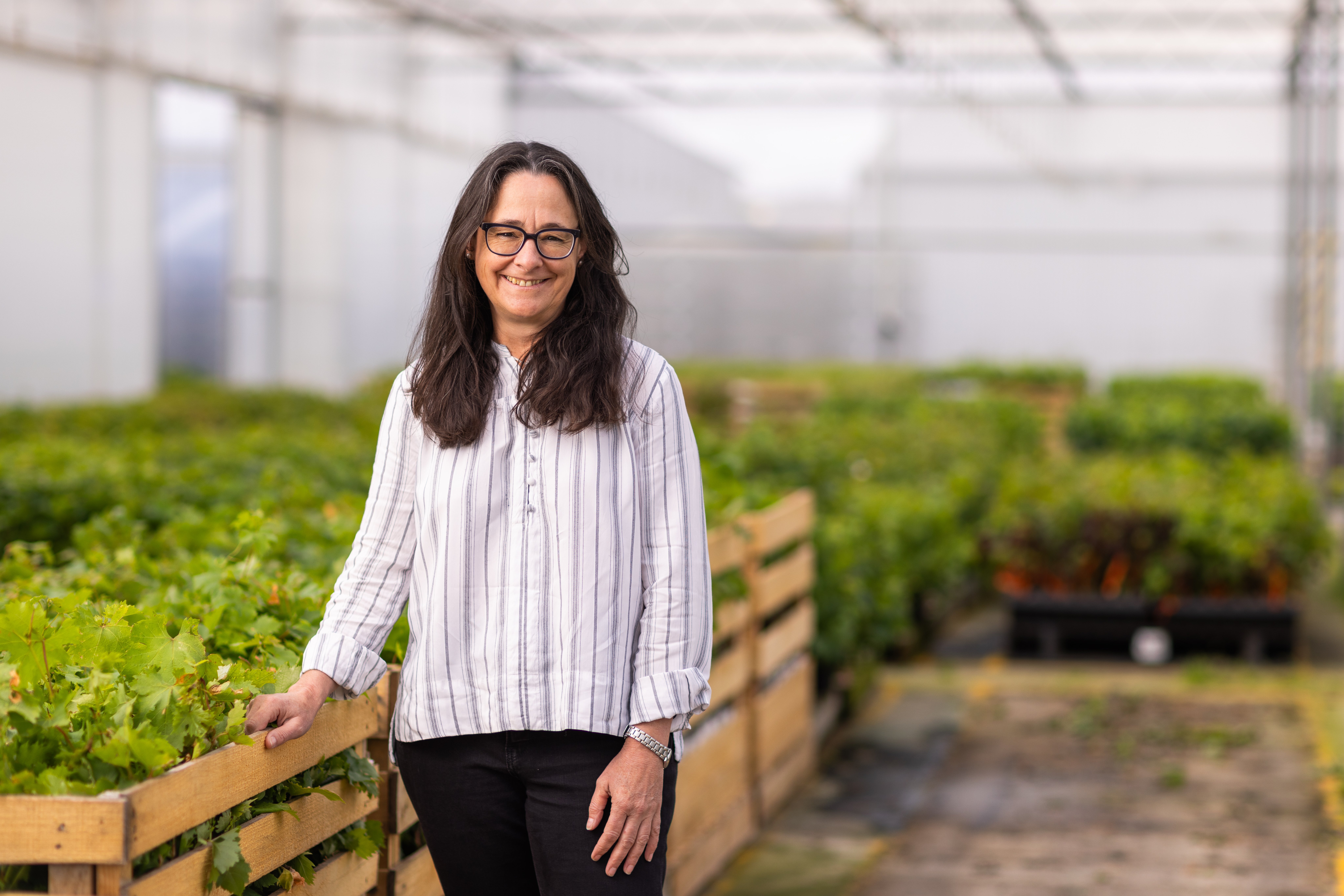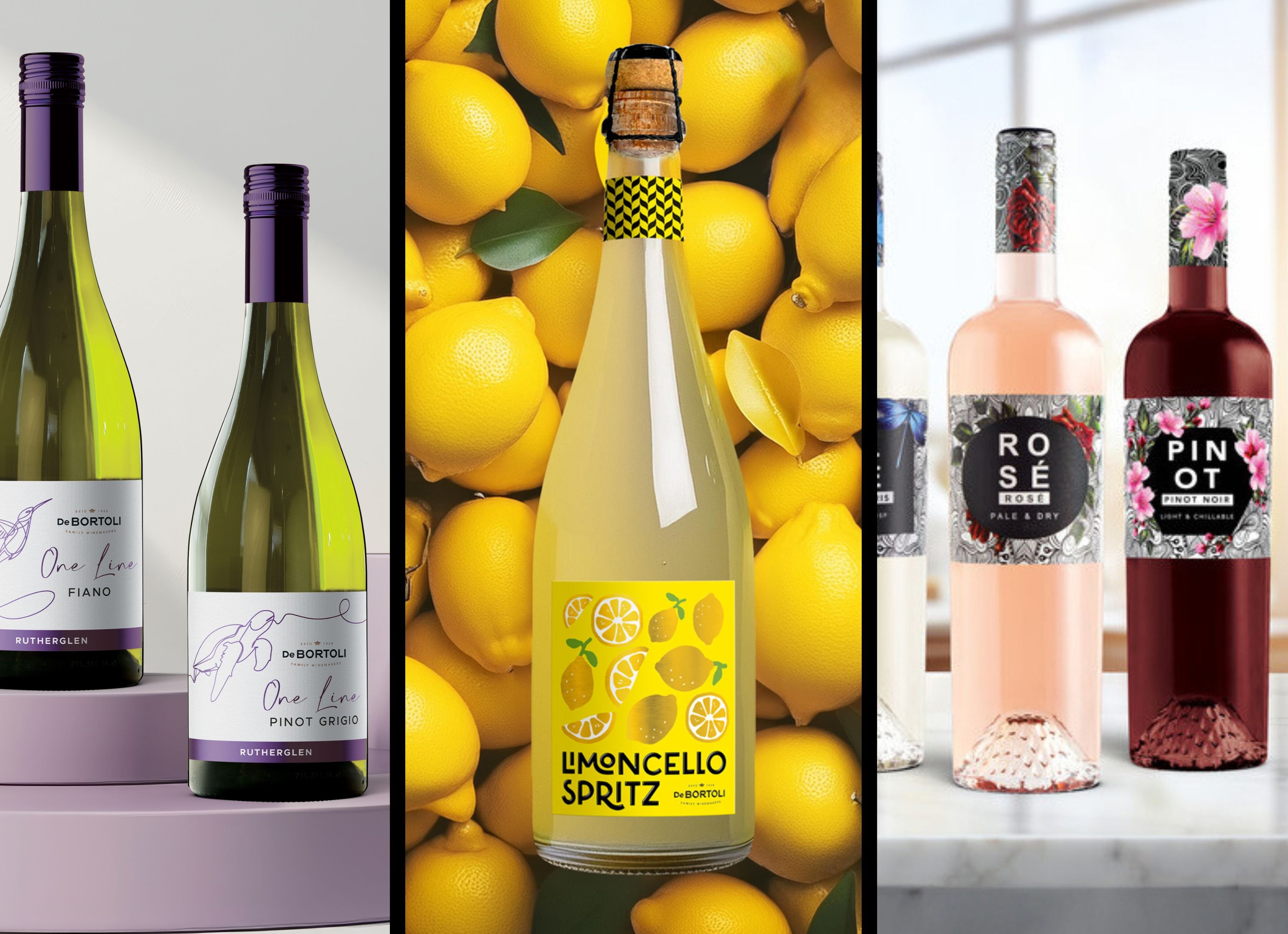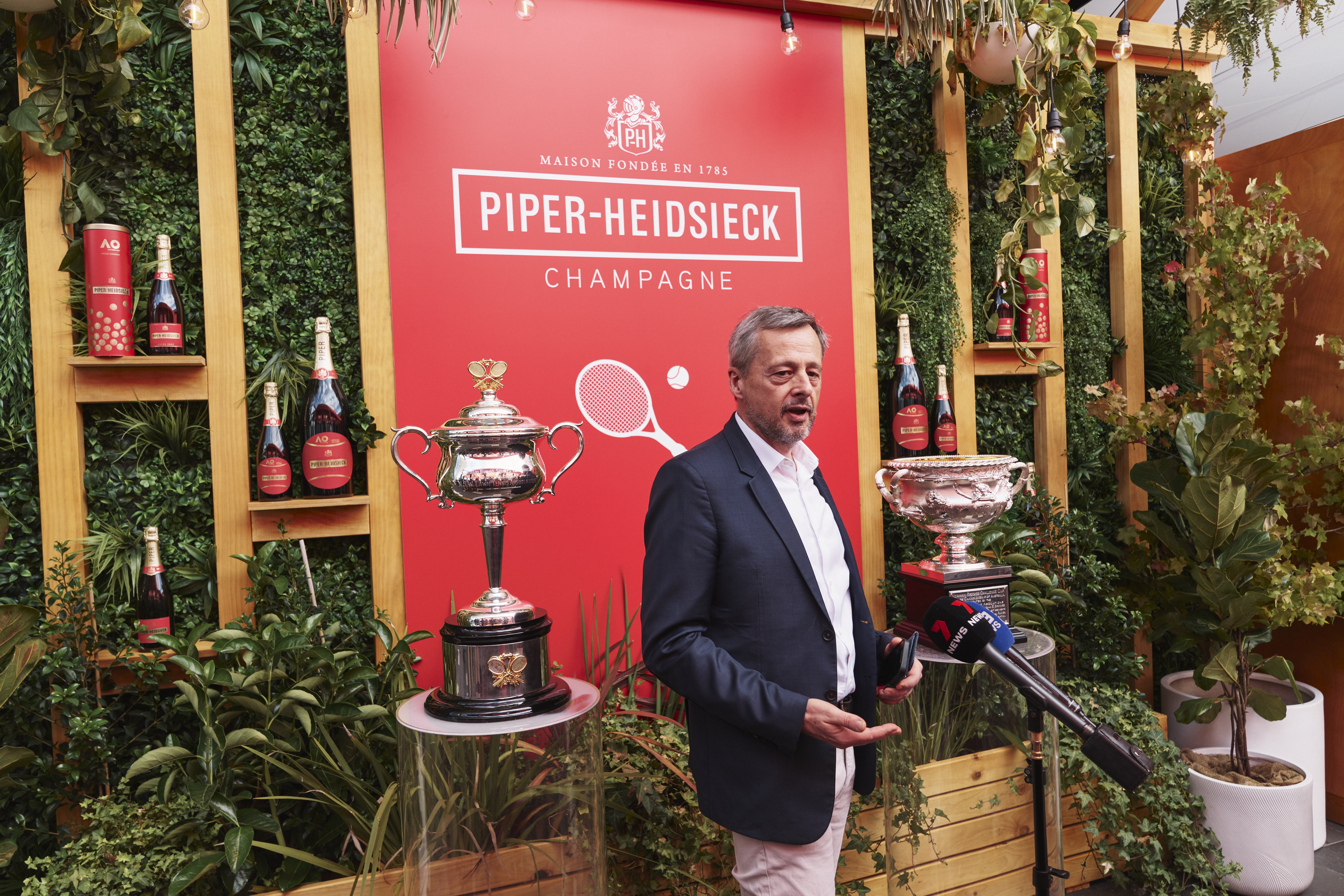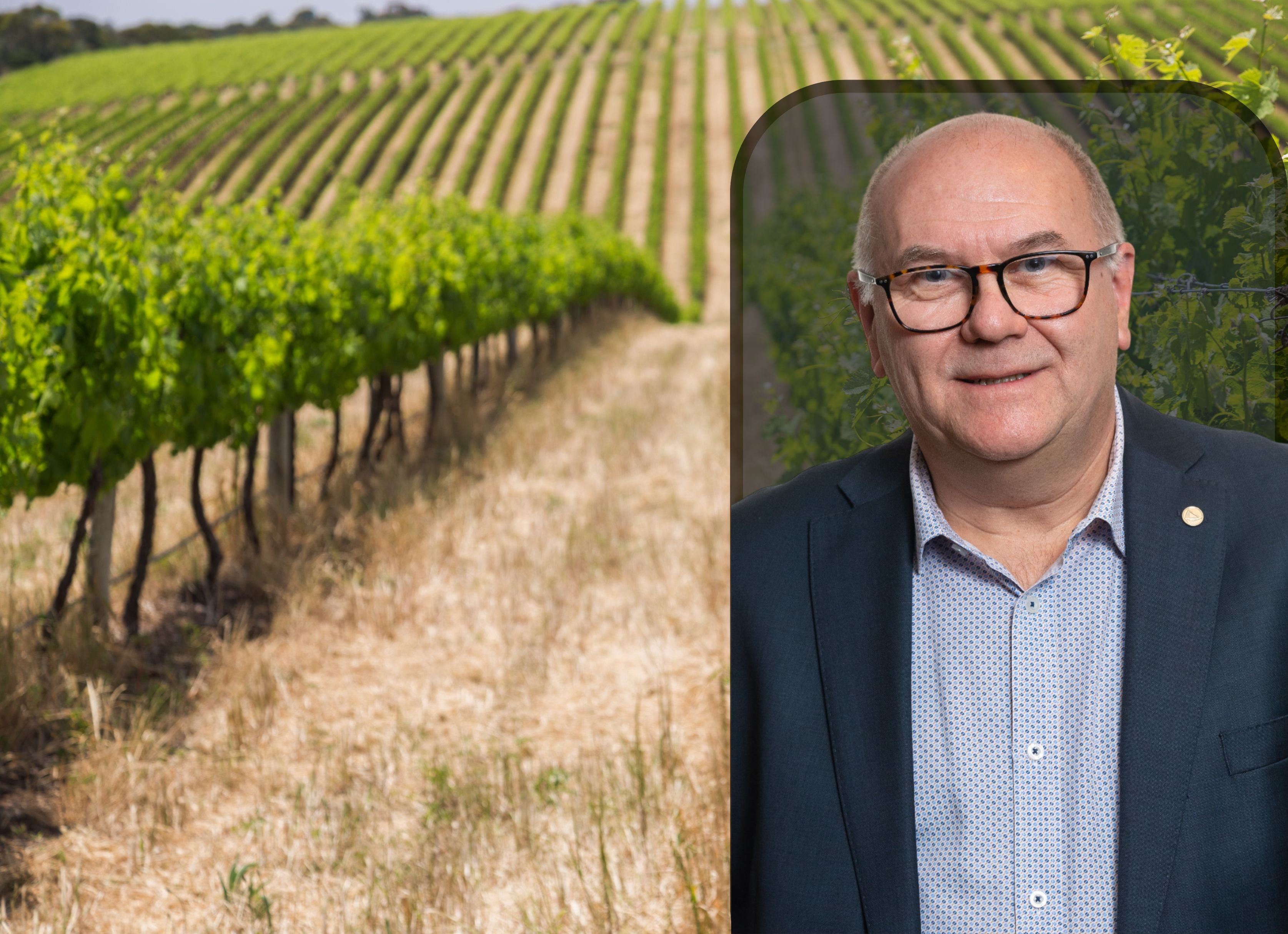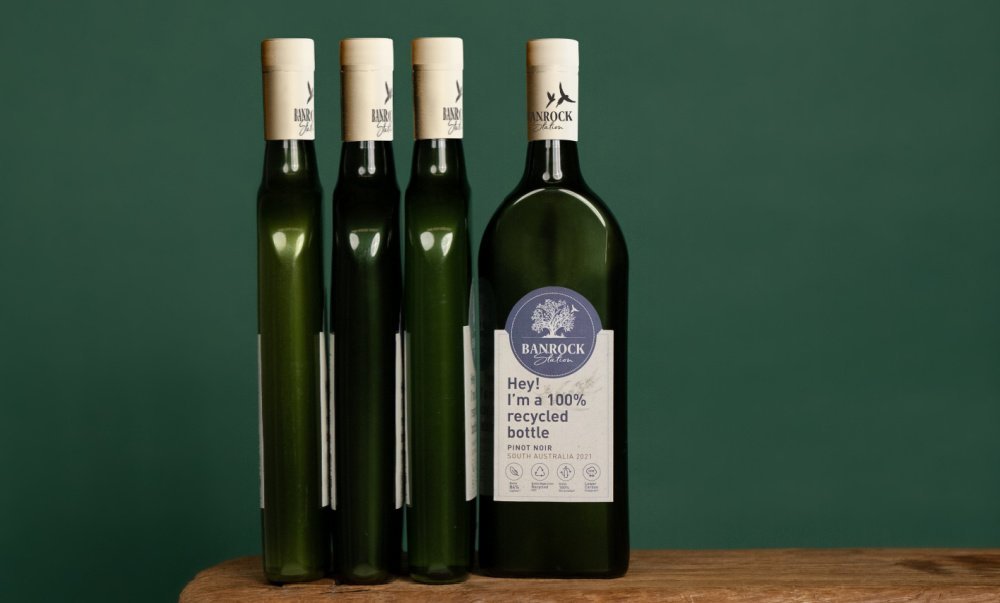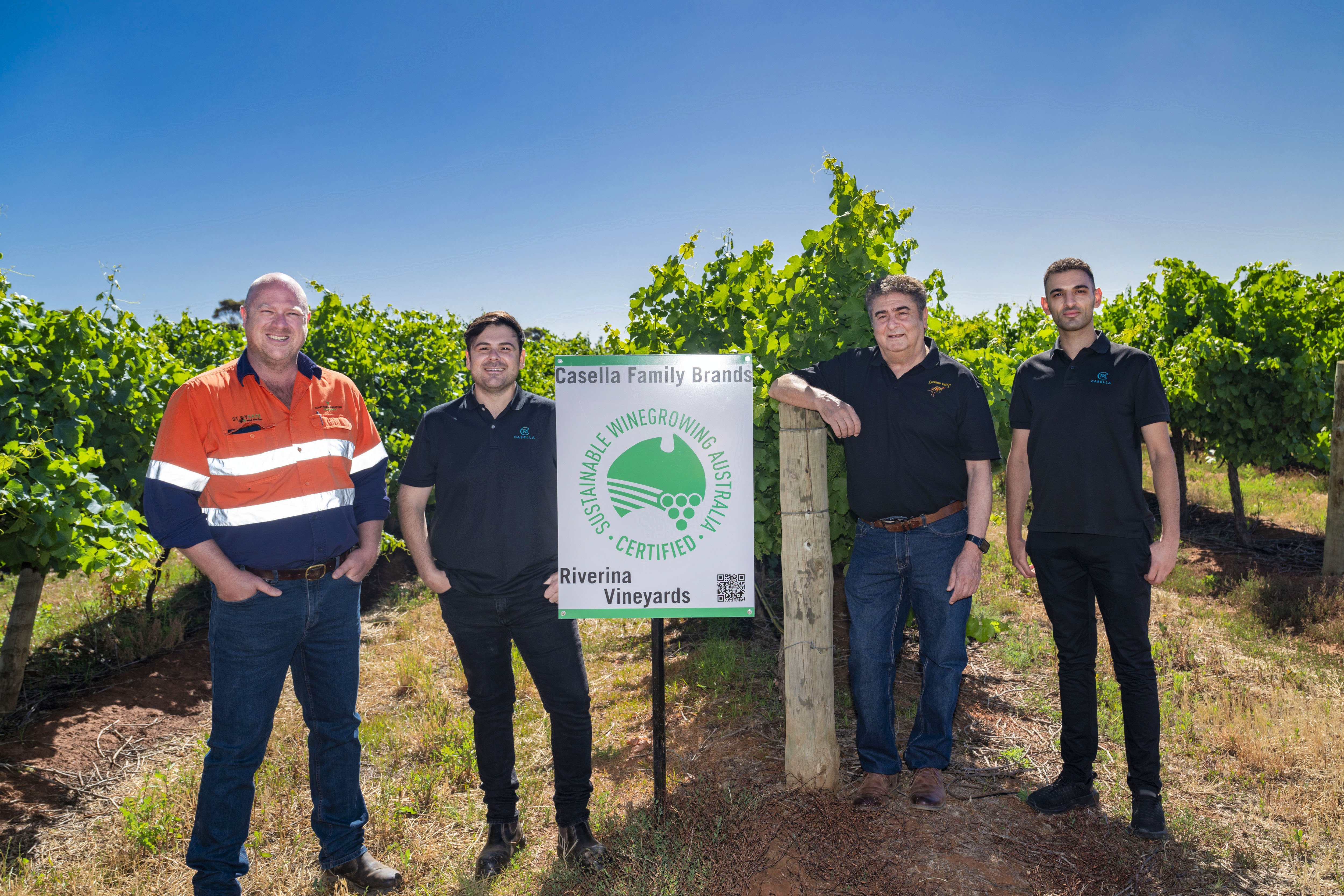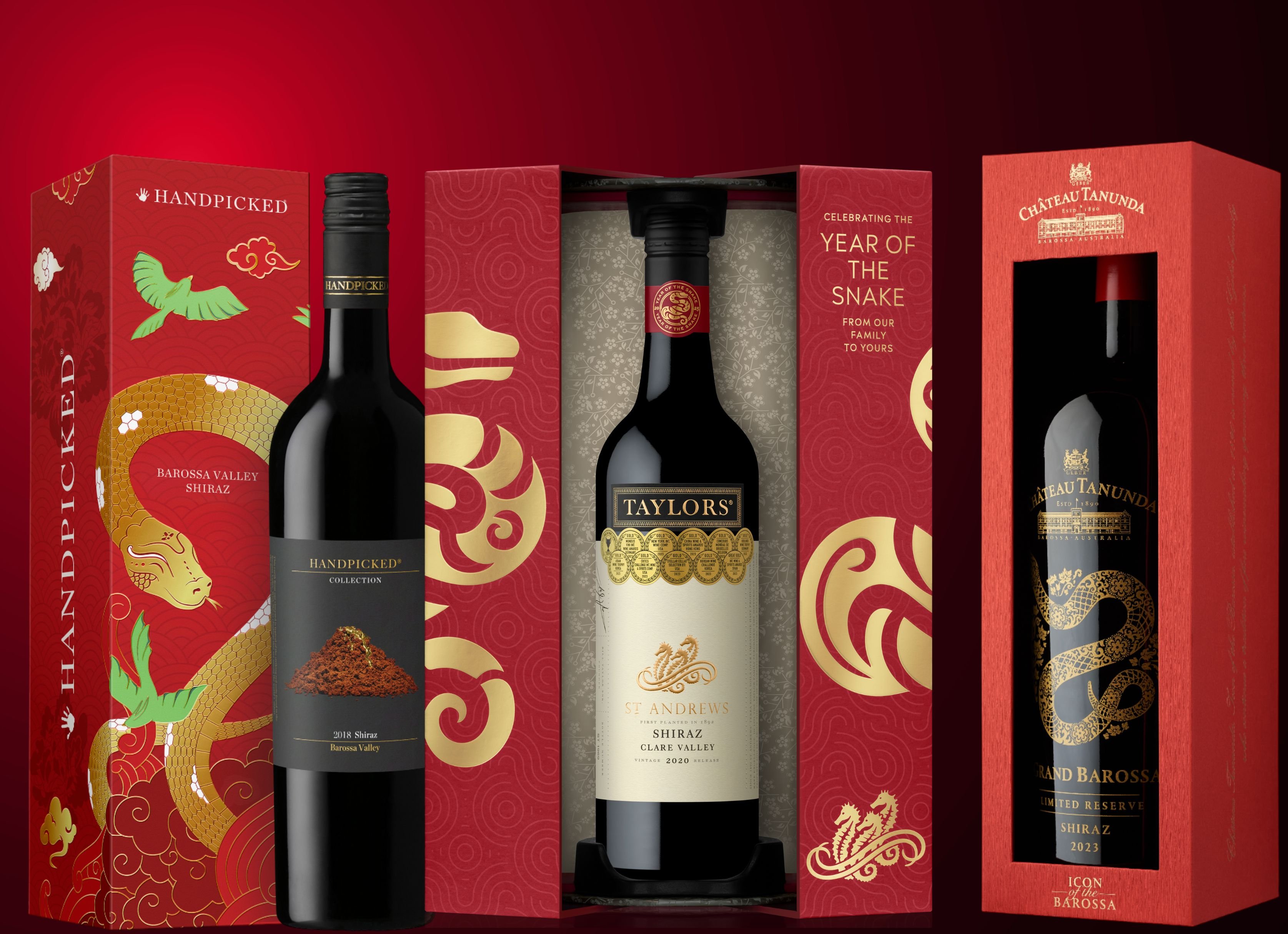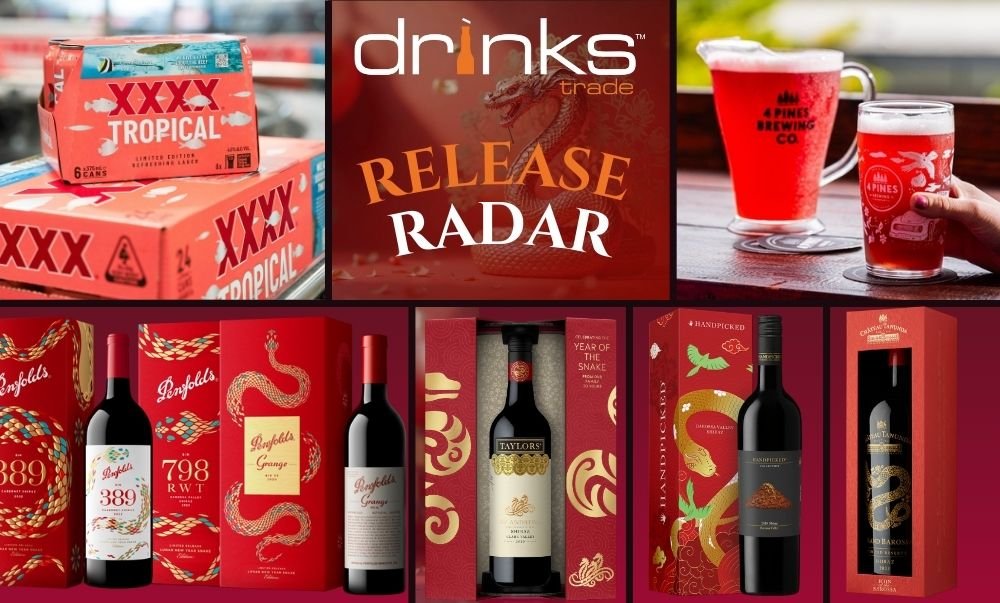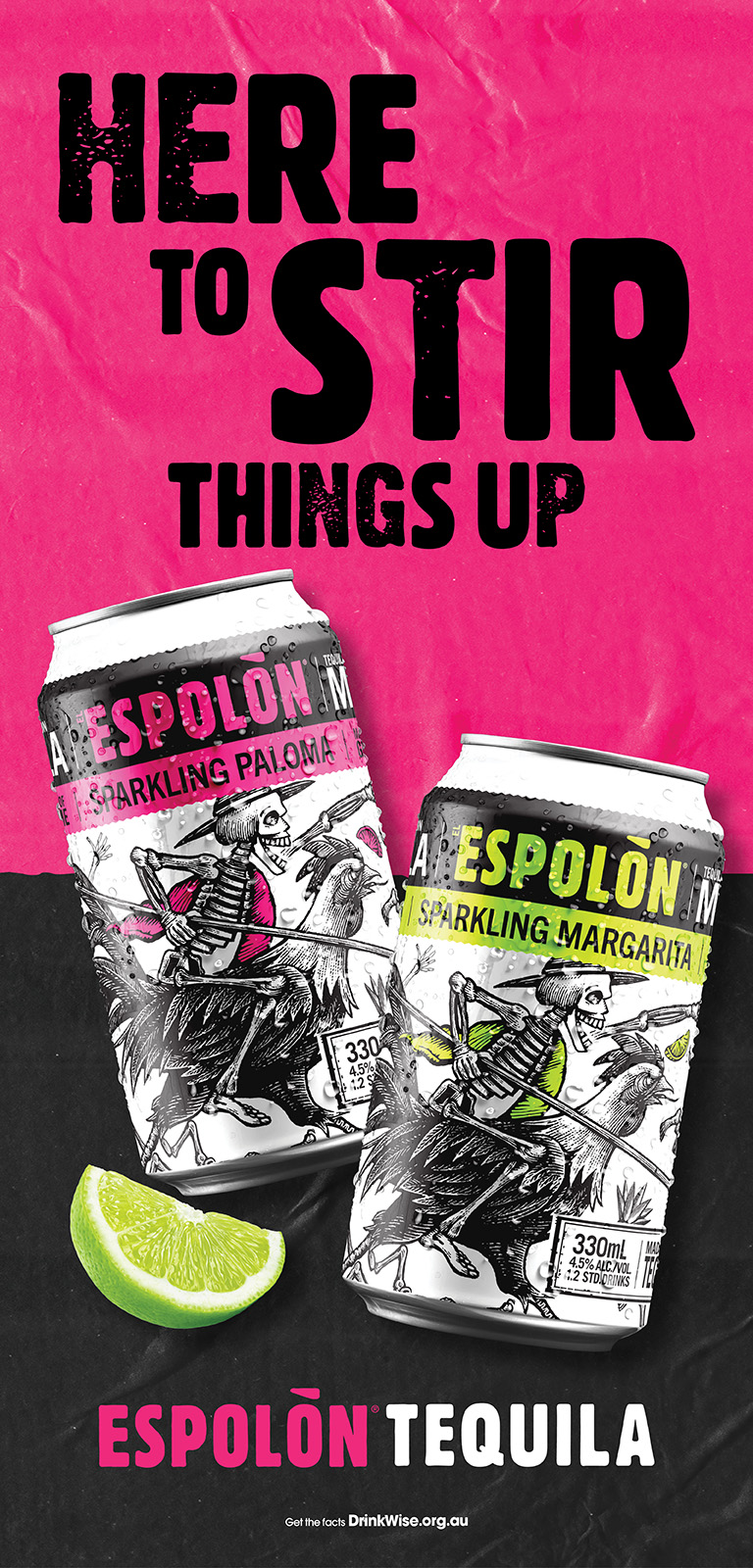The latest Sustainable Winegrowing Australia 2023 Impact Report, released today, reveals that Australia’s viticultural industry has improved sustainable practices across a broad range of measurable areas.
This includes 41% of 2023’s total tonnage being certified sustainable, or 32% of total vineyard area. This includes 10.2 times more wineries and 8.2 times more vineyards becoming certified through Sustainable Winegrowing Australia when compared to 2020.
“Despite challenging conditions facing the Australian wine industry, we’ve seen a really positive wave of progress within the sustainable winegrowing community, with many producers becoming certified for the first time,” said Mardi Longbottom, General Manager - Industry Development and Support at the Australian Wine Research Institute.
“In addition to members saying ‘it’s the right thing to do’, momentum has been building due to retailers and hospitality venues globally asking for sustainability credentials or building select ranges or wine lists around sustainability… it’s encouraging to see.”
The equivalent of 96.1 million bottles of Sustainable Winegrowing Australia certified wine were produced in 2023, identifiable by the back label trust mark. The Sustainable Winegrowing Australia Trust Mark can only be used on wine labels and other packaging materials if the wine is produced by a Sustainable Winegrowing Australia certified member winery made from at least 85% grapes sourced from certified vineyards.
According to the February IWSR SOLA Report, 53% of global wine consumers don’t trust sustainability claims unless they are supported by an official certification.
“Since vintage 2023, 100% of Hill-Smith Family Estates wines are now certified and progressively displaying the trust mark,” said Louisa Rose, Head of Sustainability at Hill Smith Family Estates.
“Sustainable Winegrowing Australia certification has given us an advantage in both domestic and international markets. We are seeing more and more buyers seeking sustainable credentials when considering wines for new listings and tenders.
“While each market or customer is at a different part of the journey, many are moving rapidly in the direction of sustainable certification being a prerequisite to trade – it is easy to imagine a time when being certified sustainable is the norm for all customers, and that won’t be far away,” said Ms Rose.
The latest Impact Report detailed significant efforts towards sustainability across a number of categories. This includes 2.7 times the number of member wineries prioritising water efficiency, 4.7 times the amount prioritising energy efficiency and 4.5 times the amount actively reducing landfill waste.
The report also recognised the shift towards innovation being championed by the sustainable winemaking space. Included in this is both the growing use of alternative varieties along with innovations in packaging design.
The recent growth of the ‘bagnum’ format, led by brands such as Duxton Vineyards’ Rewild, is a key example of this.
“When we launched Rewild wine a few years ago, we worked closely with a major Australian wine retailer who wanted to build more certified sustainable wine brands into their portfolio,” said Tony Allen, Chief Winemaker at Rewild Wine.
“With our focus on sustainability across every aspect of the process from grapegrowing and winemaking, through to packaging, we built the Rewild brand, with an ethos of giving back more than it takes from mother nature.
“The Sustainable Winegrowing Australia trust mark makes it easier for wine drinkers to choose a product that prioritises the environment and people.”
Sustainable Winegrowing Australia, a coalition formed between Australian Grape & Wine, The Australian Wine Research Institute and Wine Australia, is aiming to help Australia’s wine industry achieve carbon neutrality by 2050. According to its latest Impact Report, the industry is on track to achieving its 42% emissions reduction commitment by 2030.
The Sustainable Winegrowing Australia has also shown significant growth in regards to areas of Australia covered, with members across almost 85% of Australia’s wine growing regions, up from only 16% in 2020.
For more information, visit sustainablewinegrowing.com.au.
Share the content
